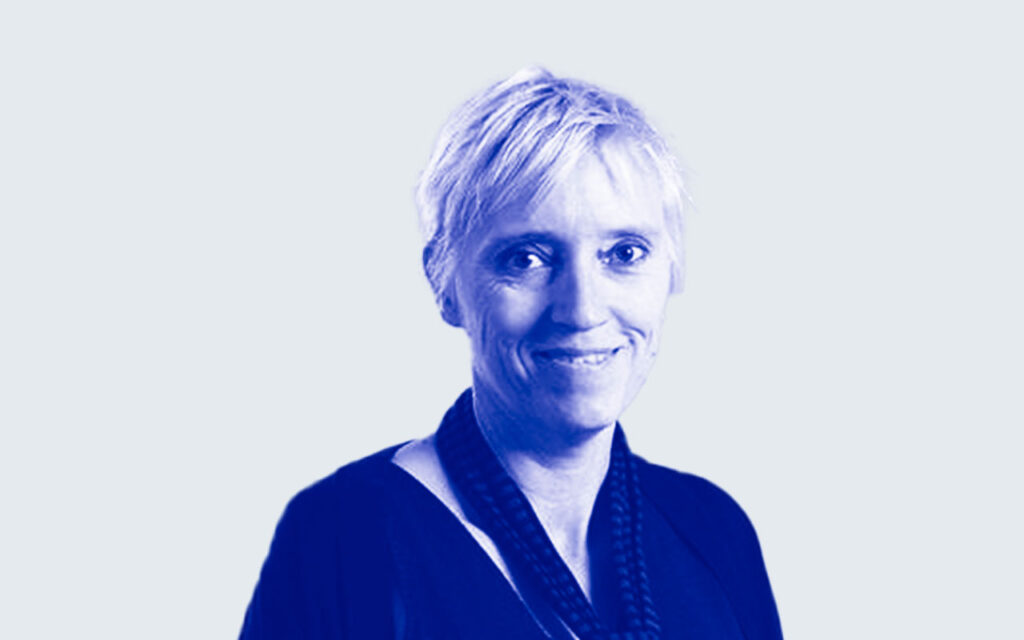
Caroline Wilkinson
Professor of Craniofacial Identification and Director of the Forensic Research Institute (FORRI) at Liverpool John Moores University.
ABOUT
Caroline is Professor of Craniofacial Identification and Director of the Forensic Research Institute (FORRI) at Liverpool John Moores University. She is a chartered forensic anthropologist Level I (craniofacial specialism) by the Royal Anthropological Institute (RAI) and is an experienced forensic practitioner.
Caroline is currently Chair of the EU-funded COST Action for Migrant Disaster Victim Identification, a consortium created to enhance the identification of people who die trying to reach Europe from war torn or socioeconomically disrupted countries. These MDVI efforts received a Times Higher Education Award 2023 for Research Project of the Year; Arts, Humanities and Social Sciences.
Caroline is also Director of Face Lab, a research group within FORRI that carries out forensic/archaeological research and consultancy work including craniofacial analysis, facial depiction and forensic art. Craniofacial analysis involves the depiction and identification of unknown bodies for forensic investigation or historical figures for archaeological interpretation. Face Lab research relates to facial identification, craniofacial reconstruction, preserved bodies and facial animation.
Caroline is Fellow of the RAI, the Royal Society of Edinburgh (RSE), the Anatomical Society and the Royal Photographic Society. She received the 2016 Combined Royal Colleges Medal for excellence in clinical imaging and has appeared in multiple television series, including Meet the Ancestors (BBC), History Cold Case (BBC), Expert Witness (C4), Real crime (C5), Royal Institution Christmas Lectures 2022 (BBC) and Secrets of the Dead (PBS).
CONFERENCE
The use of craniofacial analysis in the identification of migrant disaster victims
Illegal immigration is a global challenge and economic migration is a critical issue for many European countries. Where migrants travel great distances, a large percentage reach the end of their lives attempting to cross bodies of water and inhospitable land masses between origin and destination.
The United Nations Refugee Agency estimates that more than 28,000 people have died making Mediterranean crossings alone since 2014. The true scale of the problem appears greater than this with reporting over the last 25 years varying from 19,000 to 53,000, according to the 2019 International Committee of the Red Cross report. Many identification experts are deeply troubled by the stark difference between the extensive, systematic, and efficient efforts by European countries/organisations to identify victims of armed conflict or humanitarian/natural disasters, and the lack of effort that is made to identify migrant disaster victims.
In 2023, an EU-funded COST Action was established for migrant disaster victim identification (MDVI), and this network aims to enhance identification efforts, influence international policy and improve MDVI capability, capacity and resilience across Europe. Secondary identifiers, such as craniofacial analysis have proved effective in MDVI situations where DNA, dental and fingerprint analysis are not possible due to a lack of access to antemortem data from families of the missing migrants. This paper describes recent research around craniofacial analysis for MDVI and discusses the challenges and opportunities associated with these applications.